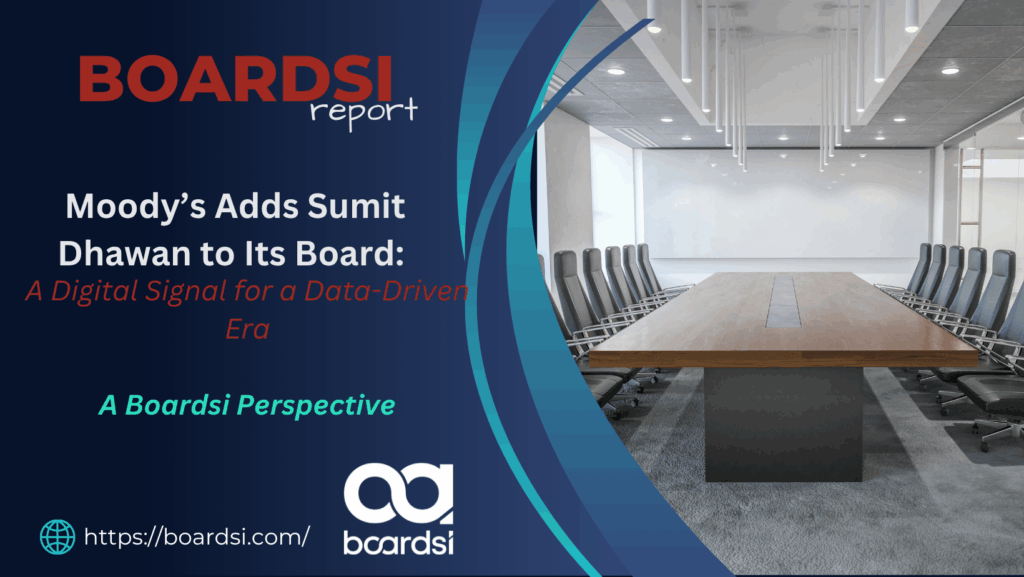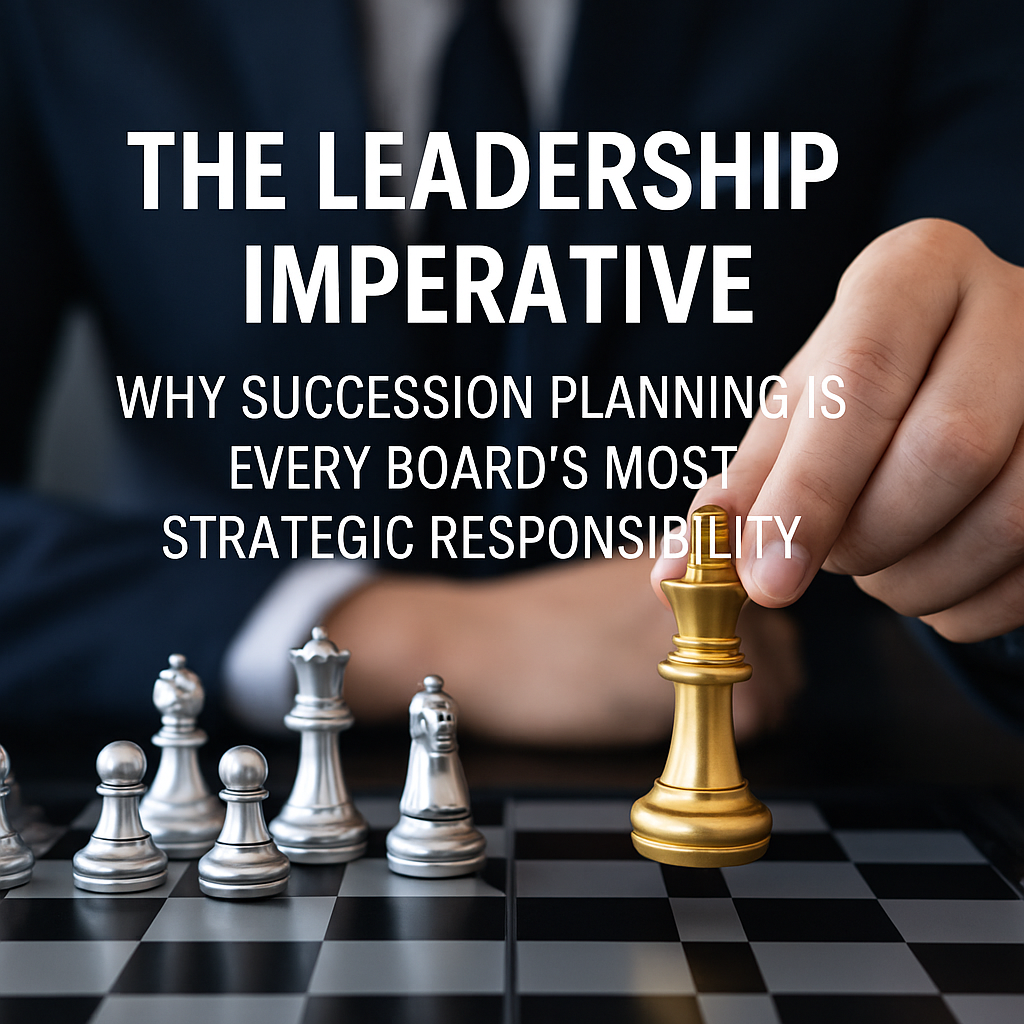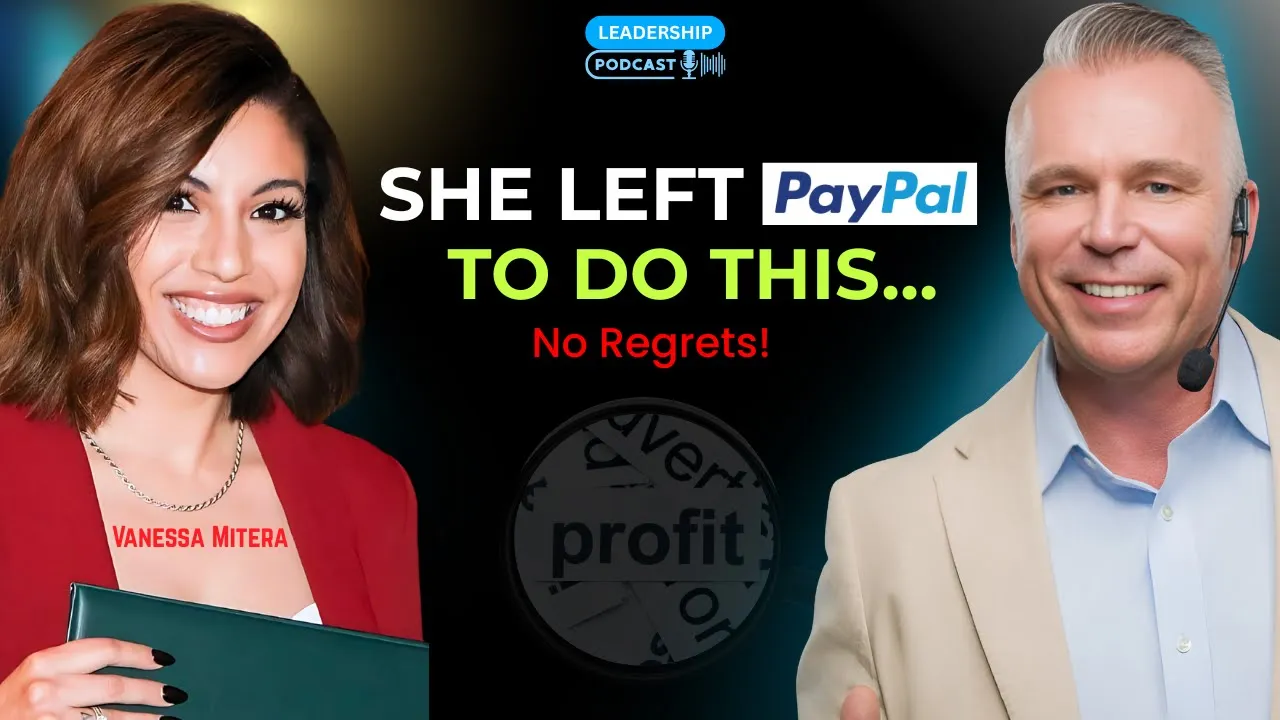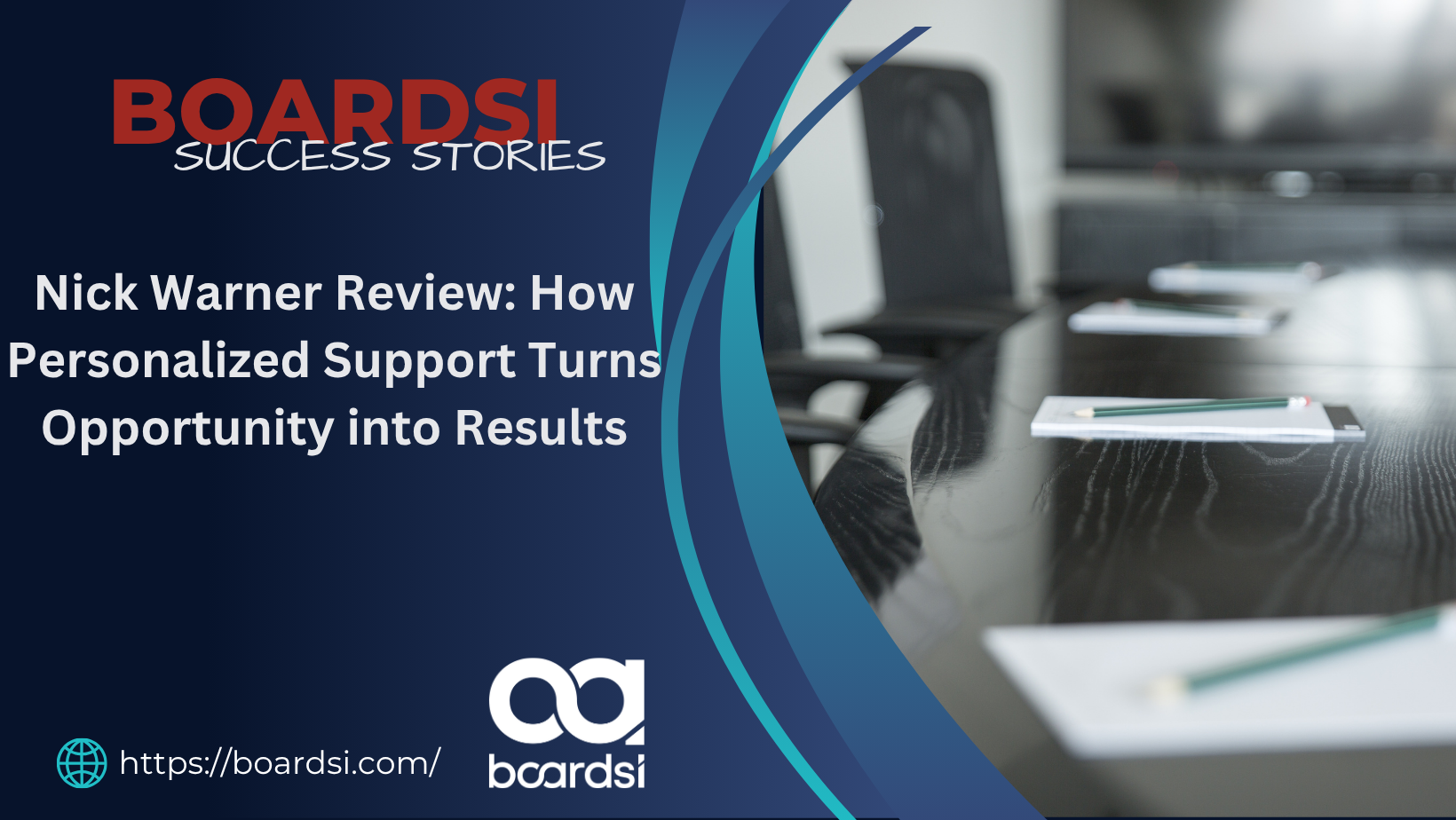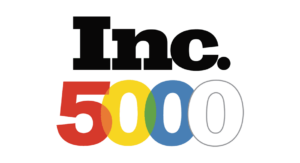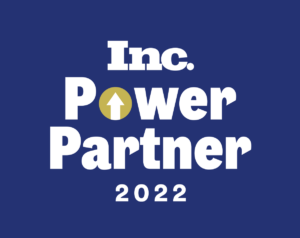By Martin Rowinski, CEO of Boardsi
When a global institution like Moody’s Corporation appoints a new board member, the decision is never surface-level—it’s strategic, often signaling where the organization is headed. The addition of Sumit Dhawan, CEO of Proofpoint and former President of VMware, is exactly that kind of move. It’s a recalibration toward a more digital-first, cyber-resilient future. And in today’s environment, that kind of board evolution isn’t just smart—it’s necessary.
At Boardsi, we call this trend “functional alignment.” It’s the idea that boardrooms must reflect the real-time challenges and strategic goals of the companies they oversee. Dhawan brings to Moody’s a rare blend of enterprise software experience, deep cybersecurity acumen, and operational leadership at scale—precisely what a data-centric business like Moody’s needs as risk evolves beyond traditional models.
Why This Appointment Matters
Moody’s, long trusted as a financial rating and analytics powerhouse, sits at the heart of global risk analysis. But the nature of risk is changing. It’s no longer just about economic indicators or credit volatility. Today, risks are being driven by AI, cyber threats, digital fraud, data privacy, and the sheer velocity of information.
Sumit Dhawan’s leadership at Proofpoint, a top-tier cybersecurity firm focused on protecting data, people, and brands, is directly aligned with these new imperatives. His prior leadership at VMware further roots him in enterprise-grade digital infrastructure—an asset to any board facing digital transformation head-on.
By bringing him into the boardroom, Moody’s is future-proofing. They’re aligning their governance with the challenges and opportunities of a next-gen business environment. And in doing so, they’re offering a blueprint to others.
Boards Are Evolving—And Fast
Across the Boardsi platform, we’re witnessing a clear shift. Companies are no longer content with symbolic board appointments. They’re asking: “Who understands what’s coming next? Who has built resilience into an organization? Who can anticipate—not just react to—risk?”
Whether it’s fintech startups seeking regulatory fluency or legacy brands like Moody’s integrating digital intelligence, we see the same questions surface. And the right answers begin with the right people.
This is where modern boards differentiate themselves.
Boards now require:
Cybersecurity expertise not just in IT, but in strategic governance.
AI fluency, especially around compliance, ethics, and scalability.
Cloud-native operations and digital transformation knowledge that spans business units.
Global awareness of data sovereignty, consumer privacy, and geopolitical tech regulation.
In short, directors like Sumit Dhawan are no longer a “nice to have.” They’re a business requirement.
My Take as CEO of Boardsi
At Boardsi, we’re not just placing executives—we’re reshaping how companies think about board construction. We’ve built our process to include strategic executive branding, education, and tools like the Executive Impact Report—which quantifies and contextualizes what a leader brings to the table. In Dhawan’s case, an impact report would highlight:
Oversight of global cybersecurity operations.
Proven ability to scale SaaS platforms securely.
Experience navigating M&A and digital integrations.
Fluency in AI applications for compliance and analytics.
These aren’t bullet points—they’re board-level differentiators.
Companies working with Boardsi are increasingly asking us to help them find this kind of talent. But more importantly, they’re realizing they can’t wait for a crisis to evolve their boards. They need to build now, and with intent.
Advisory Boards: The On-Ramp to Smart Governance
One message I often deliver to founders and CEOs: You don’t need to wait until you’re a Fortune 500 company to build a board. Start with an advisory board. That’s your test bed. It’s how you bring in experts, get strategic insights, and build leadership capacity without formal board constraints.
Our most successful clients use advisory boards to:
Fill functional gaps quickly.
Explore new markets and technologies.
Build credibility for investors and partners.
Shape the long-term governance strategy.
And because we handle everything from branding to education to matchmaking, they can focus on what matters—growing the business.
What Boardsi Is Seeing in 2025
From our vantage point at Boardsi, we see four board trends accelerating:
Cybersecurity is a board-level responsibility
It’s no longer the CISO’s burden alone. Every board must have directors who can challenge and validate cyber strategy.Digital transformation requires operators, not theorists
Boards need people who’ve built digital ecosystems, not just written about them.Diversity now includes skillset, not just demographics
Yes, we need diverse backgrounds—but we also need diverse competencies.Advisory boards are scaling in importance
Especially among fast-growing companies, advisory boards are becoming essential strategy arms.
A Call to Action for Forward-Looking Companies
Moody’s just made a board move that reflects tomorrow’s playbook. Now the question is: will others follow?
If you’re running a company—whether it’s scaling quickly or operating in a volatile industry—it’s time to ask yourself:
Does your board reflect your current risks and future ambitions?
Are you waiting for disruption—or preparing for it?
Do your board members actively shape strategy, or just oversee it?
At Boardsi, we’re ready to help you answer those questions with confidence. We don’t just help companies find directors—we help them find direction through leadership.
And to the next generation of board-ready executives: elevate your brand, sharpen your story, and get boardroom-ready. Like Sumit Dhawan, your expertise is needed now more than ever.
Let’s Build Smarter Boards—Together.
Visit Boardsi.com to learn more about how we can help your company build its future boardroom, today.
Martin Rowinski is CEO of Boardsi and author of “The Corporate Matchmaker” and “Beyond the Title.” He works with executives and companies to align leadership and strategy through board and advisor placement.

